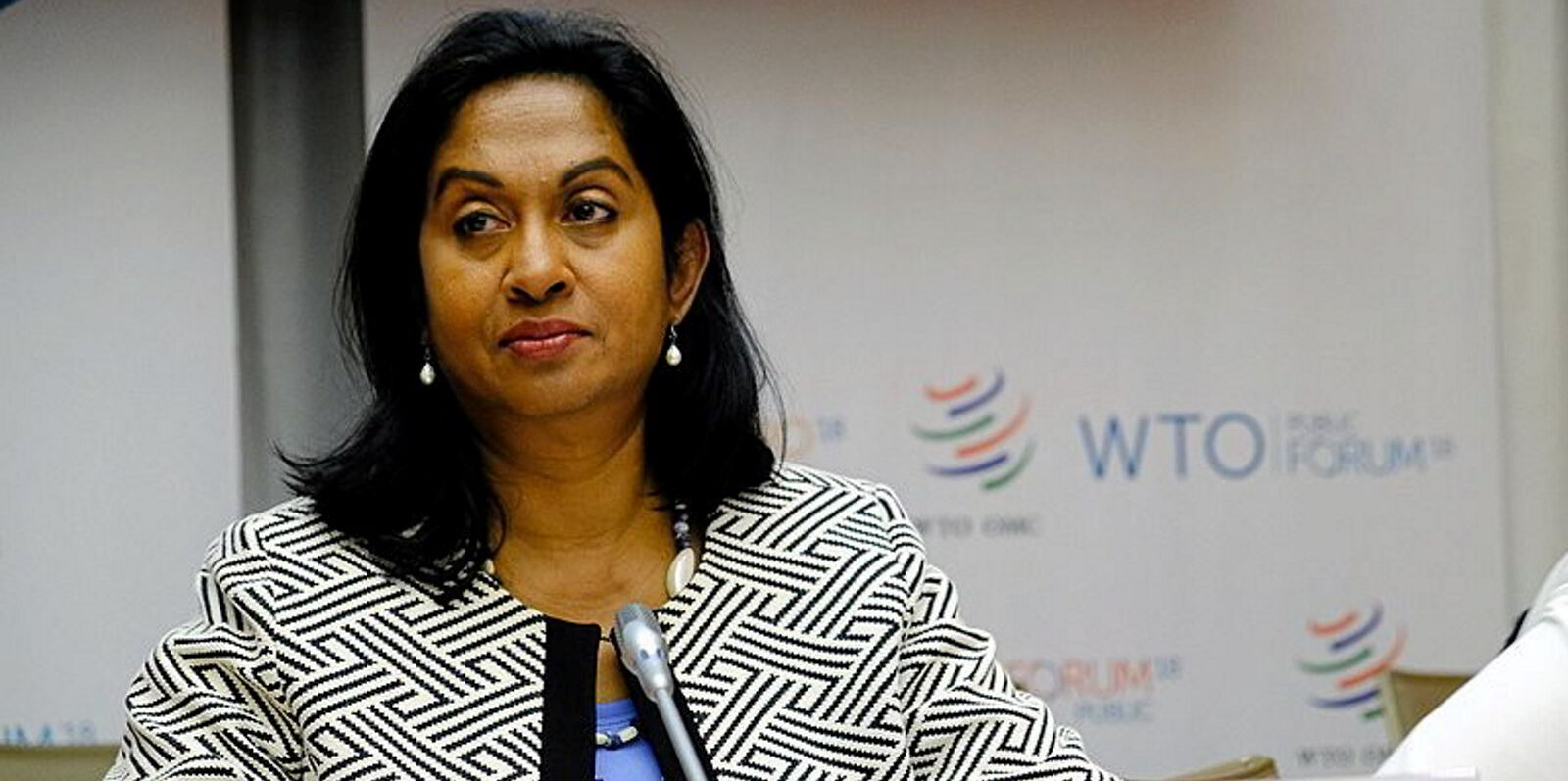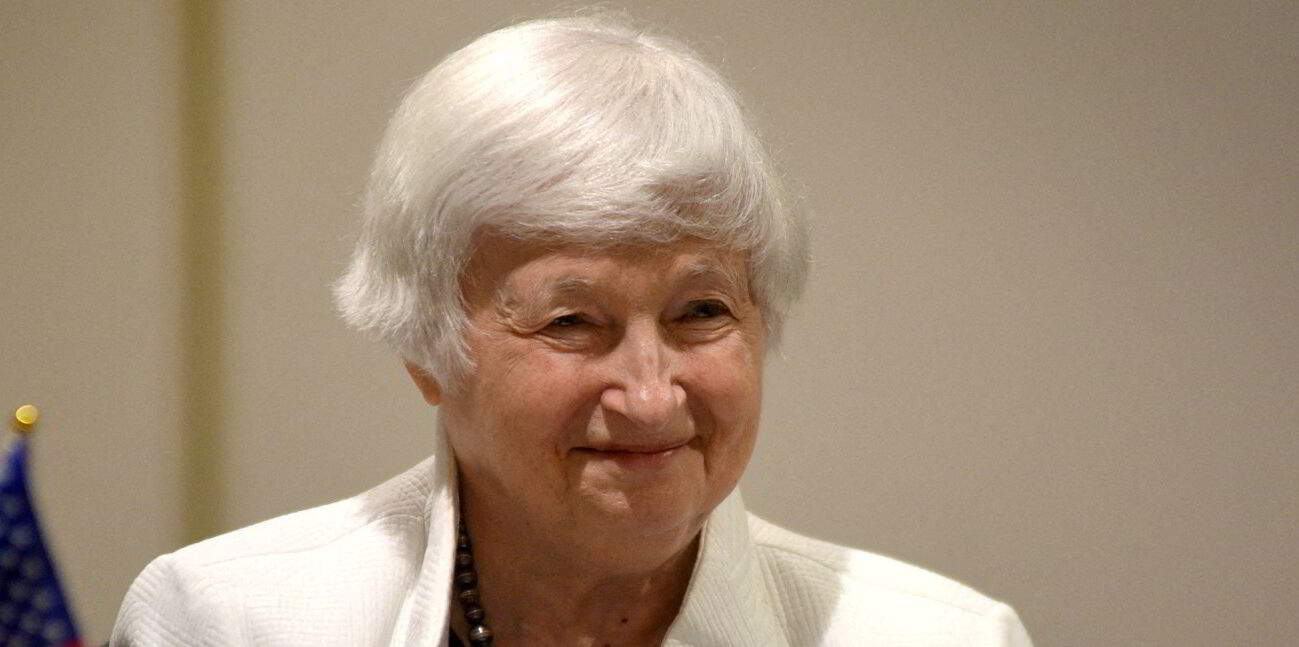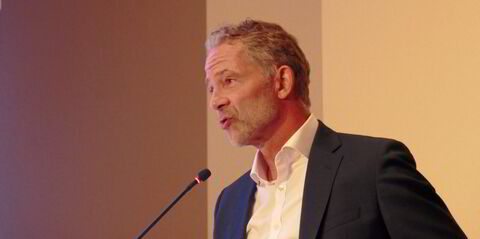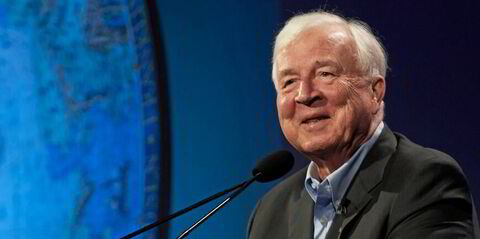UN Trade & Development (Unctad) has a significant asterisk against its global trade growth estimates as its projections could be undermined relatively easily.
The Geneva-based organisation expects global seaborne trade to grow 2% this year and by an average of 2.4% annually until 2029.
It argues the figures are in line with global economic forecasts and reverses a drop seen in 2023.
But global conflicts and climate catastrophes highlighted by Red Sea missile attacks and the Panama Canal drought led it to caution about downside risk while warning disruption is the “new normal”.
“The downside risk looms high for this medium-term projection,” Unctad director of technology and logistics Shamika Sirimanne said during a press conference outlining its 2024 Review of Maritime Transport report.
“The geopolitical upheavals, the unrelenting conflicts and wars never, ever bode well for global trade.”
Unctad said the growth will be driven by the bulker and container segments thanks to demand for bauxite, coal, containerised goods, grain and iron ore, with oil also factoring in.
But issues at chokepoints created volatility and raised costs.
It said traffic through the Panama Canal and the Suez Canal dropped by 50% by mid-2024.
Tonnage transiting the Gulf of Aden fell by 76% and the Suez Canal by 70%.
Sirimanne said volatility adds to the cost of doing business, while the longer transit times jack up costs.
“Loner routes, port congestion, higher fuel consumption, higher wages for crew, higher freight rates and larger insurance premiums,” she said, listing the issues created at the chokepoints.
Unctad cautioned that those lower costs get pushed onto small island countries and developing economies.
To address this, it recommends enhancing global trade resilience through international cooperation, diversifying trade routes, increasing intra-regional trade, and investing in infrastructure to mitigate risks from climate change and conflict.
It said the industry had to accelerate the shift to low-carbon shipping to lower emissions should shocks cause tonne-miles to rise even further.
“What we saw in the Panama Canal, the impact came so fast and so hard and I don’t think it was anticipated that such a drought would come and the water levels would fall so far,” Sirimanne said.
“But I think this is the new normal. I think we will have to anticipate a lot more climate change-included supply chain difficulties as we move forward.”






